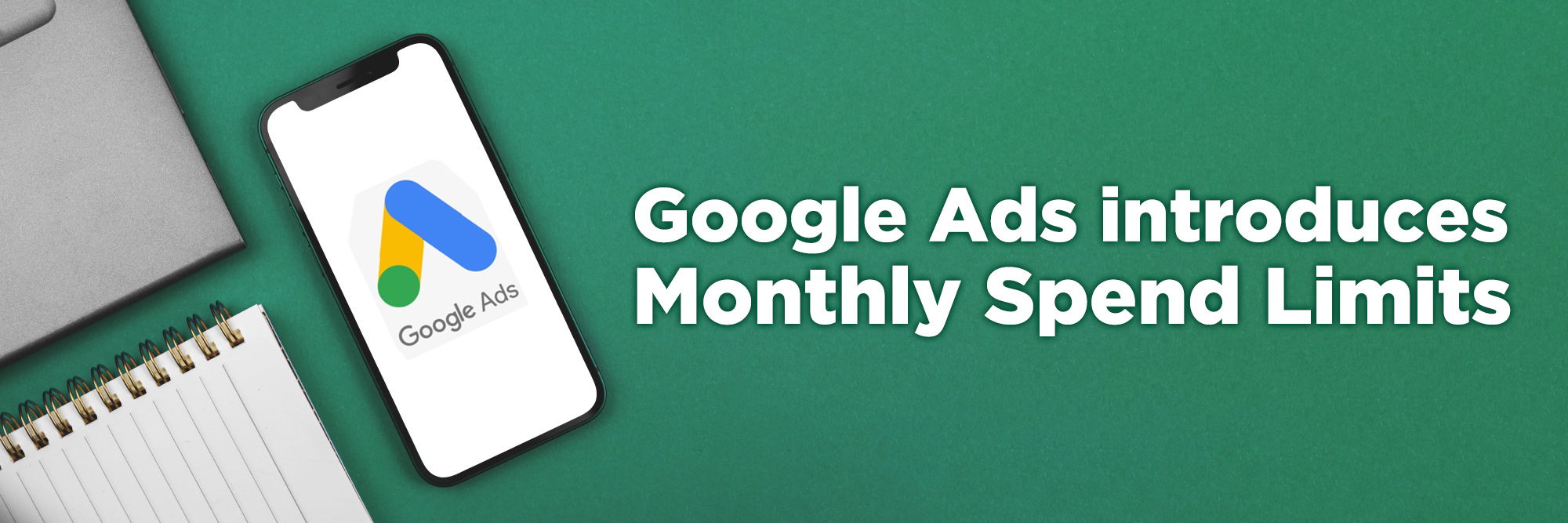In this week’s video, I’m sharing the first half of my epic two hour SEO presentation from Digital Dealer in Tampa. Learn how COIVD has affected buyer behavior, how Google’s algorithm works, what’s going on with the upcoming Page Experience update, and how to optimize your website for better local visibility.
Google Updates
In this week’s video, I share more information about Google’s upcoming Page Experience Update. I explain the delay in the release and share an awesome new report in Search Console that you can use to help check if your site is prepared for the update.

Google Ads has a lot of exciting new features, insights, and offers plenty of ROI to excite most marketers. But of course, Google Ads has costs too and fewer marketers get that excited about planning out a budget, and historically Google hasn’t made that process any easier. Where most businesses plan their advertising budgets on a monthly basis, Google Ads complicates this process with its daily budgets on their campaigns. Since 2017, Google Ads further complicated budget management by allowing each campaign to spend up to twice its daily budget on any given day.
So, your monthly advertising budget? Divide that budget into a dozen or so different campaign budgets, then divide each of those budgets by between 28-31 days in a month, and then cross your figures, count the weekends, holidays, and pray that Google hits those budgets consistently without overspending every day. If that math equation has you nervous, then you already know the feeling of managing your PPC at the end of the month as you nearly make or break your budget.
In this week’s video, I share the important details about Google’s upcoming Page Experience update. Learn how the Core Web Vitals and other usability signals are being incorporated into the ranking algorithm, and what that means for your website.
IMPORTANT NOTE: Yesterday Google announced that the update has been delayed until June, but we already had this video shot, and it’s important info, so we’re sharing anyway…
Also available as a Podcast:
My guest on this week’s episode of Suds & Search is Mark Traphagen, Vice President of Product Marketing & Training at seoClarity.
Mark is an indispensable member of the SEO community. He is ubiquitous on the conference circuit, a prolific blogger, vlogger, educator, and thought-leader.
A very short list of the conferences you may have heard Mark present at includes Pubcon, State of Search, MozCon, and all the different SMX events.
He is a frequent columnist at Search Engine Journal, Search Engine Land, and on the seoClarity company blog.
Where I think his talents shine brightest are on video series and webinars. Earlier this year, Mark put out a webinar titled the State of the Enterprise SEO Industry. I’m going to spend a lot of our conversation talking about the findings in that webinar.
For years, he and his Eric Enge co-hosted the terribly impressive and often hilariously funny web series “Here’s Why.” I’m going to ask Mark about the video series. Between when I visited with Mark and this episode aired, Mark and Eric brought the band back together (pun intended) for a great episode about the power of user intent.
There aren’t many people like Mark Traphagen. He is considered by many of his peers one of the smartest and kindest professionals working in digital marketing. That was on display when my four-year-old son decided to make a cameo appearance during our discussion.
Join me for a conversation with Mark Traphagen. We’ll talk about Core Web Vitals, SERP Feature Changes, a nuanced view of rank tracking seoClarity calls visibility share, and we’ll spend a little time talking about lavender martinis.
In this week’s video, I share everything you need to know about SEO in less than 2 minutes! There’s no trick – yes, there’s a ton to learn… but if you watch, you’ll see how I’m not lying, and can actually tell you everything you need to know in less than two minutes!
Online marketing is constantly changing, and things won’t slow down in 2021. As you plan for a new year, it’s necessary to know what works and what doesn’t. While some strategies are essentially timeless, some current trends are important to understand and implement right now.
The following is a guide to help you develop a 2021 online marketing strategy to get your business found in more searches.
1. Develop Content That’s Rich and Fresh

Content is still just as important as it’s ever been if you want to rank in search engines. However, it’s all about the quality over the quantity of content and keywords. Google appreciates readable content that people find easy to digest. It won’t matter how many keywords you add or the number of H tags, links, images, and videos you embed within – Google won’t reward old-school Search Engine Optimization (SEO) practices.
Keywords are still important, but they aren’t the basis for your content the way they used to be. First and foremost, write for readers, not Google. If you can write engaging content that people actively read and are willing to share, this could signal to Google that the content is worth ranking over competitors.
 Manually optimizing hundreds or thousands of individual keyword bids and various bid adjustments in Google Ads can easily be a never-ending task. Although Google Ads bidding can be complex, most advertisers have a simple goal in mind for their ads – to get more traffic, to outrank their competitors, or the most conversions for their budget. That’s why over the years Google has introduced several automated bidding strategies to help advertisers optimize toward their specific goals without requiring hours of bid management every week. Two of the oldest of these bidding strategies, Target CPA and Target ROAS, allow advertisers to optimize their campaigns towards a specific cost/conversion (CPA) or conversion value/cost (ROAS). Target CPA and Target ROAS are among the most popular bidding strategies in Google Ads for its efficiency towards optimizing toward a specific CPA or Return on Ad Spend (ROAS).
Manually optimizing hundreds or thousands of individual keyword bids and various bid adjustments in Google Ads can easily be a never-ending task. Although Google Ads bidding can be complex, most advertisers have a simple goal in mind for their ads – to get more traffic, to outrank their competitors, or the most conversions for their budget. That’s why over the years Google has introduced several automated bidding strategies to help advertisers optimize toward their specific goals without requiring hours of bid management every week. Two of the oldest of these bidding strategies, Target CPA and Target ROAS, allow advertisers to optimize their campaigns towards a specific cost/conversion (CPA) or conversion value/cost (ROAS). Target CPA and Target ROAS are among the most popular bidding strategies in Google Ads for its efficiency towards optimizing toward a specific CPA or Return on Ad Spend (ROAS).
However, in a recent post on the Google Ads Developer Blog, Google unceremoniously dropped the major news that these two bidding strategies will be reorganized in the coming months! In their post, they share that they will announce more details at a future date:
In this week’s video, I share the details about Google’s newest automotive study titled “The auto dealer’s guide to navigating today’s digital landscape”. It shares several interesting stats about how buyer behavior has changed due to COVID and the resulting lockdowns and provides 4 tips to position your dealership for future success.
For all of us, 2020 was a year of change, disorder, and frustration. Even in Google Ads, the pandemic changed what we search for, where we search, and how we search online – and every PPC expert had to adjust to the new normal on and off the SERP. Entering 2021, we were all hoping to get back some control in our lives and our Paid Search campaigns. Unfortunately, Google didn’t share our plans.

Yesterday, Google announced that it’ll be reducing the number of keyword match types from 4 to 3, by eliminating Broad Match Modified keywords. Instead, phrase match keywords will now serve ads to more traffic. Confused? Same. Let’s break that down –
